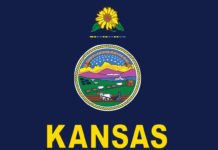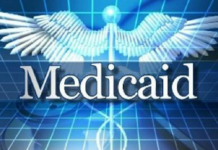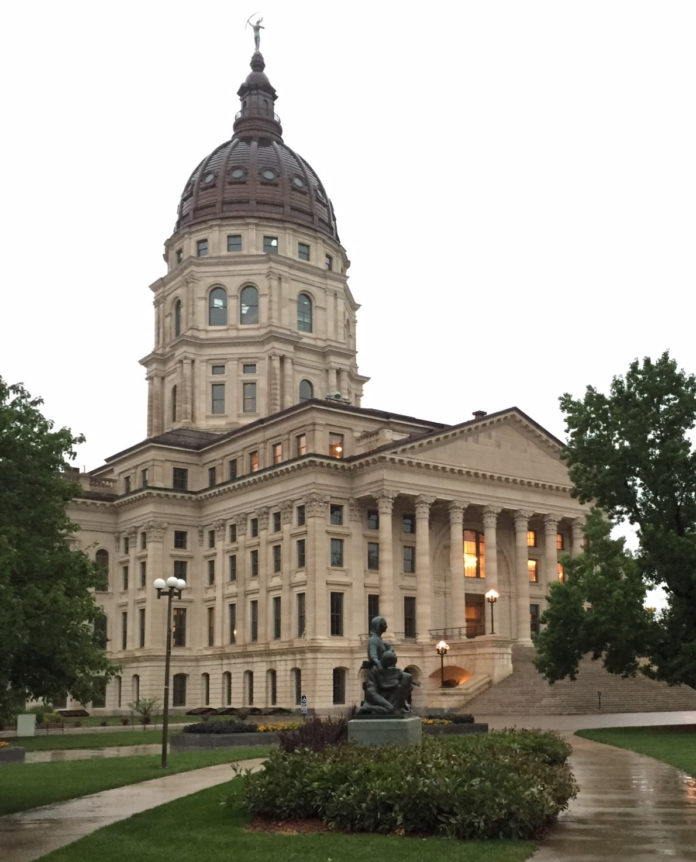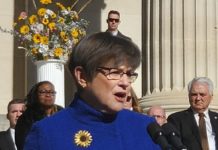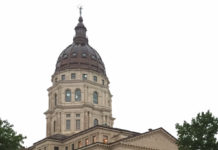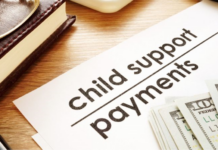For the second time in two years, the state retirement system’s Board of Trustees has refused to go along with Gov. Laura Kelly’s plan to finance her spending plan by restructuring payments to the state’s retirement system.
The board on Friday voted to back the system’s current plan for covering most of the state’s unfunded pension liability by 2033, said Alan Conroy, executive director of the Kansas Public Employees Retirement System.
The board directed its staff to draft a letter to the governor stating the board’s opposition to diverting from the pension system’s current payment schedule.
“It’s fair to say (the board) is saying stay the course and continue on the current path for full funding,” Conroy said.
He said the board was supportive of the governor’s plan to spend $268.4 million to cover missed retirement system payments in fiscal years 2017 and 2019.
The governor’s office estimated it would save the state $209 million in interest payments and about $26 million in annual debt payments.
However, Budget Director Larry Campbell told lawmakers that money for covering the missed payments is not in the budget.
He said it would be included in a separate bill that would restructure payments into the state retirement system.
The bill is generally viewed as having an uphill battle, especially after a similar proposal was overwhelmingly rejected by the House last year.
Conroy also said the board backed the governor’s proposal for the state to make a contribution to the pension system equal to the required actuarial contribution rate, something he said hasn’t been done for decades.
“The governor proposed reamortization because it’s the right thing to do to keep our promise to KPERS retirees – current and future – and as a way to stabilize our state budget,” said Kelly spokeswoman, Lauren Fitzgerald.
“Without reamortization, the state’s employer contribution obligations will skyrocket and continue to increase over time to almost $1 billion a year, straining the Kansas budget,” she said.
Republican state Rep. Stephen Owens asked Campbell last week whether the KPERS board supported the governor’s plan.
Campbell said he hoped the KPERS board would back the plan, but acknowledged that its priorities differ from the rest of the state.
The governor’s plan would reduce the state’s contributions to the retirement system while stretching out the long-term payment schedule by 10 years at an estimated cost of $4.4 billion in extra interest payments.
Last year, the KPERS board rejected a plan to extend the payment schedule out by 15 years at an estimated cost of $7.4 billion.
Refinancing payments into the system could free up more money for the state general fund, including $131 million in 2021, $132 million in 2022 and $158 million in 2023.
The current payment schedule calls for the state to put $702 million into the retirement system in 2021, growing to about $1 billion in 2032.
Under the governor’s plan, the state’s payment would be about $515 million in 2021, growing to $762 million in 2032.
“This will make it attainable for the state to fulfill other critical obligations such as state employee pay raises, public education, public safety and healthcare,” Fitzgerald said.
However, critics pointed out that restructuring the payments would cost the state an estimated $4.4 billion in interest.
They say the governor is using the reamortization plan to disguise the fact that her budget spends more money than it takes in.
Republican lawmakers are already rallying against the reamortization plan, which was killed by the House last year.
House Speaker Ron Ryckman Jr. predicted last week that it will be voted down again.


